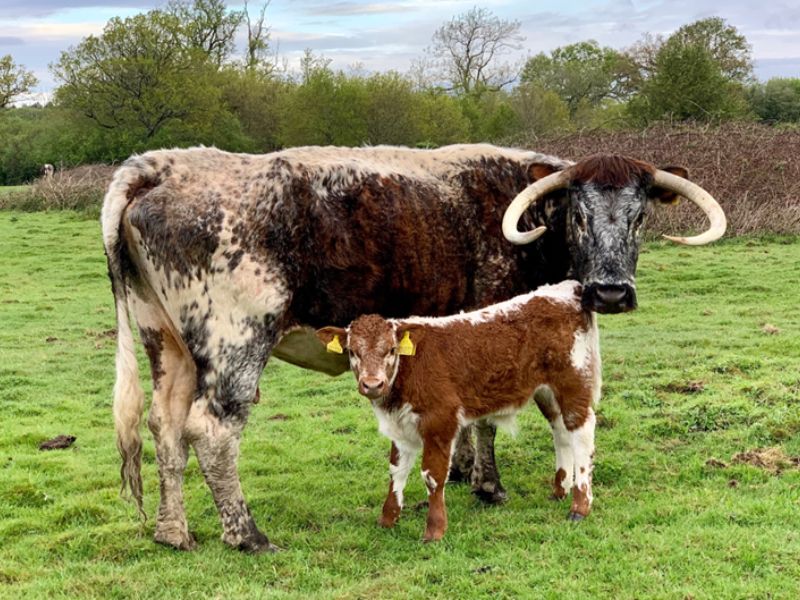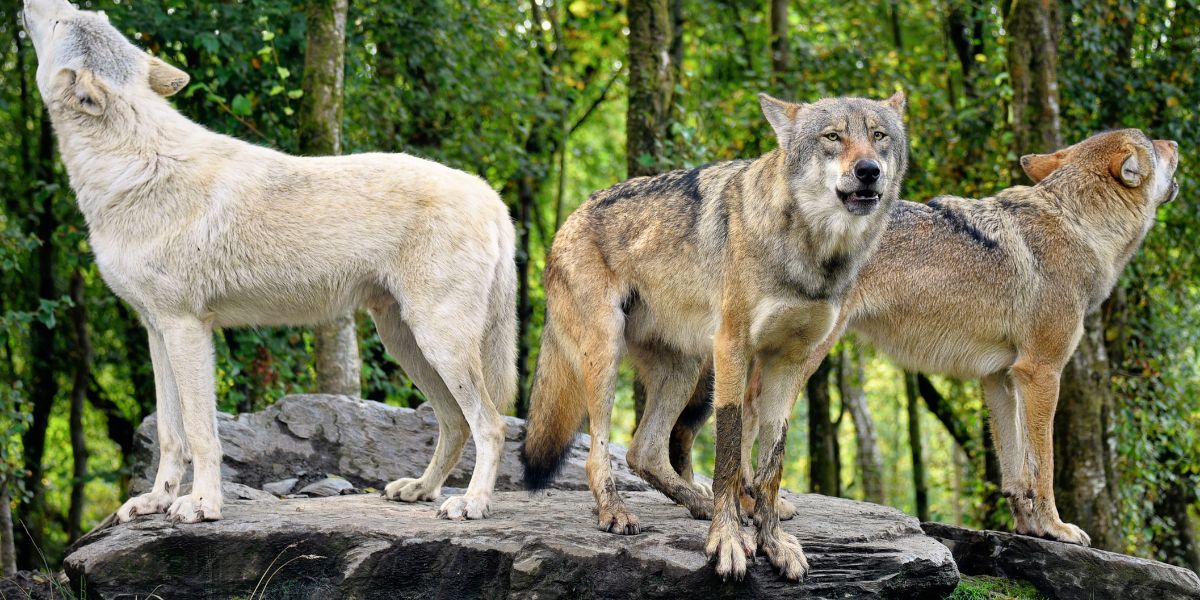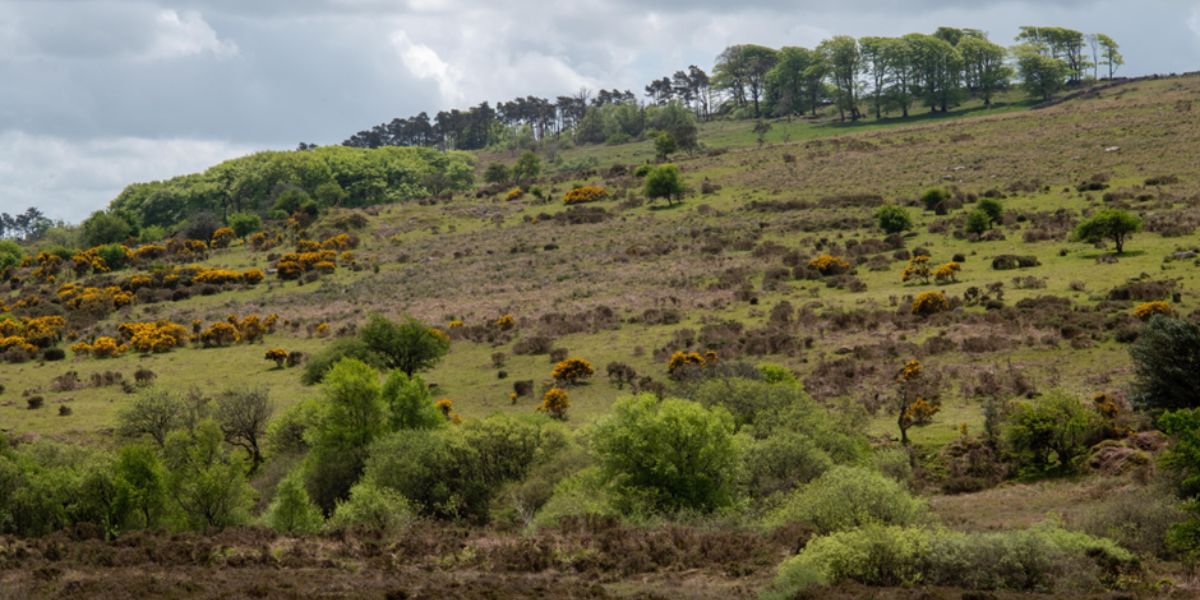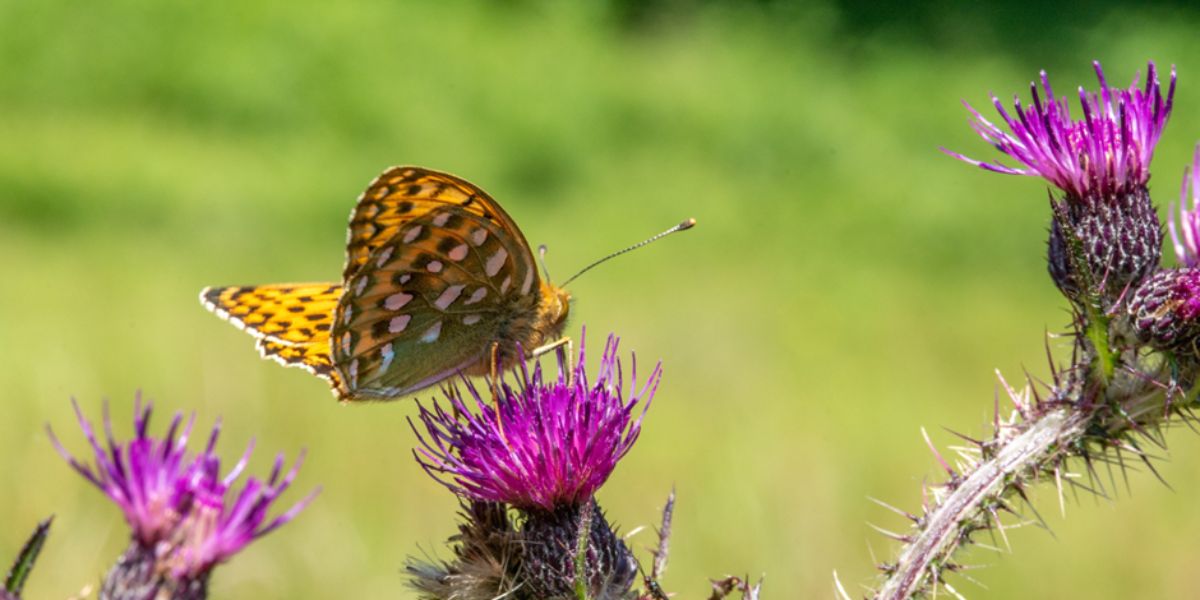Rewilding – Is it Time to Ditch this Divisive Idea?

Rewilding – Is it Time to Ditch this Divisive Idea?
By Tim Martin
When I first heard about rewilding I was entranced. Abandoned farmland in Europe was being restored to a wilder state, complete with reintroduced lynx, wolves, bison and other lost species. After decades of relentless impoverishment of the planet, here was evidence that humanity might be able to start to restore nature.
I was working in the BBC at the time, and further encouraged by the publication of George Monbiot’s Feral, a colleague and I developed an idea for a TV series that would look at rewilding across Europe. It felt so important, so optimistic, so topical, that I thought it stood a good chance of going ahead. But the BBC commissioner didn’t agree. In fact, it became a running joke - that every time I saw him I was going to pitch him another rewilding idea.
Fast forward 10 years, and rewilding has certainly caught the zeitgeist in the UK. Isabella Tree’s bestselling book Wilding told the story of the remarkable transformation of Knepp Estate’s 3500 acres of farmland into a nature nirvana, and charities including Rewilding Britain have helped to propel the idea further into the mainstream. But I increasingly find myself questioning the idea. The more I’ve learnt about restoring wildlife on British farms, through setting up Farm Wilder, the more sceptical of the word rewilding I’ve become.

What would a rewilded Dartmoor look like?
You often hear people suggest we should ‘rewild’ Dartmoor and other upland areas of Britain, but what exactly does that mean? Rewilding Britain defines rewilding as “the large-scale restoration of ecosystems to the point where nature is allowed to take care of itself. Rewilding seeks to reinstate natural processes and, where appropriate, missing species – allowing them to shape the landscape and the habitats within.” So, to rewild Dartmoor we would need to remove domestic farm animals, take down fences and let nature run wild. Without grazing by cattle, sheep and horses, the landscape would gradually transform to bracken and gorse scrub, then eventually to forest. Woodland wildlife would flourish, for example pied flycatchers, redstarts and woodpeckers. But other species would dwindle, including orchids, marsh fritillary and small pearl-bordered fritillary butterflies, cuckoos, whinchats and skylarks, because all these rare species rely on grazed meadows for their survival.

If we wanted to rewild Dartmoor and retain some of the meadow species that make it unique, it would be vital to introduce wild herbivores to keep the meadows grazed and maintain a mosaic of habitats. Since the original wild cattle, aurochs, are extinct, we would need to use a hardy native breed of cattle instead, such as Belted Galloways or the English Longhorns that Knepp keep, along with Dartmoor ponies as surrogates for extinct wild horses. These would join the red, roe and fallow deer that are already here. We would also want some wild boar to open up bare ground and speed the establishment of the tree seedlings that might otherwise struggle to get through the tangle of gorse and bracken.
Over time the numbers of these mammals would build and build, leading to overgrazing that would reduce biodiversity and hinder forest growth. For nature to take care of itself we would need to introduce predators to control herbivore numbers, and to keep them moving on, so that grazing would be more evenly spread across the landscape. Lynx would be useful in more wooded areas, but only wolves can do this job properly, and that’s where it gets tricky. Paul Lister, who has been rewilding his 23,000 acre Alladale estate in Scotland over the last 20 years, believes his land is too small for a sustainable wolf pack - he would need to 50,000 acres for that. For Knepp Estate, with a comparatively meagre 3500 acres, wolves could never be an option, so it’s the stockman who controls numbers by sending cattle and pigs to be slaughtered and sold for meat, and deer are culled. It’s clear that proper rewilding, where wolves are in charge, can only happen on a massive scale, and if there are livestock farms in the area it’s going to be very tough to get those farmers behind it. Which is why it’s hard to imagine successful rewilding in Southern Britain, unless most farming activity were to cease.

The Problem with Ownership
Freeing up all this farmland to rewild Dartmoor would be difficult. 57% of the national park is privately owned, so the only way we could realistically rewild these areas would be if we spent hundreds of millions of pounds buying up the land in order to take it out of farming. Something that seems a long shot given the many other demands on the public purse. But it’s been made even less likely by farmers’ negative reactions to the first British rewilding schemes.
When Rewilding Turned Toxic
In 2018 Britain’s largest ever rewilding project, Summit to Sea, was announced, with the ambition of creating a 25,000 acre swathe of wild land in mid Wales from the top of Pumlumon Mountain to the waters of Cardigan Bay. Within a few months relations with local farmers had turned sour, with accusations that the project was insulting to farmers, and was the result of “cultural imperialism” and “privileged middle-class romanticism.” The project instigator, Sussex-based Rewilding Britain, had to pull out in 2019 and it has since been taken over by RSPB Wales, who have promised to involve local people in its future direction. It’s no surprise that the project struggled, given the great gulf in understanding between farmers, who have lived and died working this land for generations, and rewilding enthusiasts, whose idealism can be far removed from the realities of life in the uplands.
Lost on the Spectrum
Different people have different views of what rewilding a landscape means in practice. To some, rewilding is just making it a bit wilder, in the way that No-mow May can improve a roadside verge or a garden. Others might look to the Knepp approach: very extensively grazed farmland where wildlife, and ecotourism, is a higher priority than meat, but where animal numbers are still controlled by the local abattoir. This is the fundamental problem with the term rewilding - it covers such a wide array of activities from No-mow May to Knepp to Alladale to a genuinely rewilded Romanian wilderness, complete with bison, wolves and bears. The result is that it’s hard to have sensible conversations with farmers about rewilding since they don’t know where on this spectrum they might sit, and typically fear the worst.

Farming Like the Wolf
There is an alternative, which can deliver a massive increase in biodiversity remarkably quickly, whilst empowering and celebrating farmers: wildlife friendly or nature friendly farming. It might not cast the same intoxicating spell on environmentalists like me as rewilding does, but it actually works. The advantage of working with farmers is that they are already there, and they have the herbivores we need to restore ecosystems, which is a lot easier than introducing wild ones or their surrogates. Farmers can take a more active role when needed for conservation, for example grazing some areas hard to knock back the purple moor grass that can smother other plants, and leaving other areas ungrazed to naturally turn to woodland. Helping farmers to change some existing farming methods can also make a big difference, like taking sheep off the moorland heaths in winter to allow plants time to recover.
I see wildlife friendly farming in action whenever I visit Farm Wilder’s Devon farms, whether it’s Cat Frampton’s rich wood pastures, where Dark Green Fritillary butterflies flit between thistle flowers, or Russell Retallick’s edge-of-moor heath, bog and meadow, which in May is alive with cuckoos calling and snipe drumming, or Johnny Haimes’ lowland herbal leys, where dozens of cattle egrets and hundreds of starlings feast on invertebrates on a frosty January morning. These farmers are working in ways that actively restore wildlife, as well as building healthy soils, reducing pollution and flooding, and storing tonnes of carbon. They’ve taken on the role of the wolf, controlling cattle and sheep numbers, and moving them on regularly to minimize overgrazing and maximize biodiversity. Farmers are the only wolves that most of our uplands need, and with our support and encouragement farmers can be at the heart of restoring our biodiversity.



